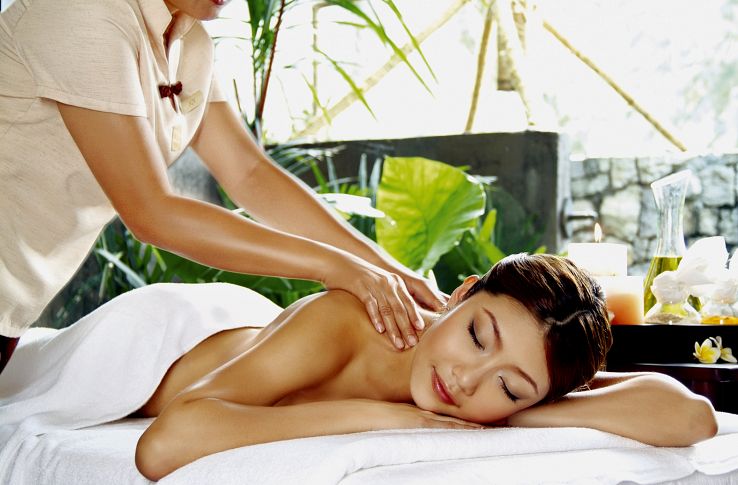The art of massage has been practiced for hundreds of years in Thailand. According to legend, the founder of traditional Thai massage was a healer from northern India and a contemporary friend of Buddha – Jivaka Kumar Bhaccha. Codifying a healing system that combines acupressure, reflexology, and assisted yoga postures, it is believed that his teaching reached modern Thailand in the 3rd to 2nd century BC and has since been passed down from master to apprentice.
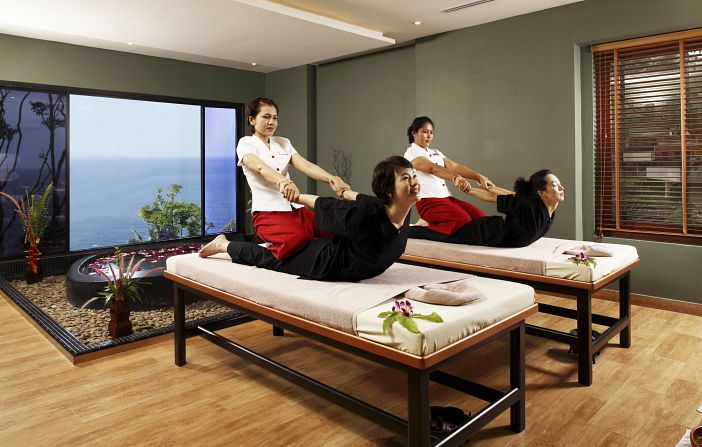
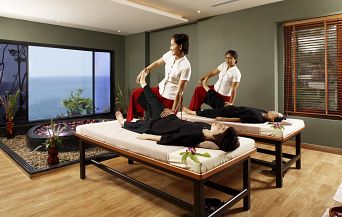
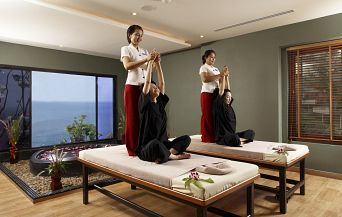
Thai massage was first mentioned in the old Buddhist scriptures of the Southern School dated in the 17th century. They were written on palm leaves in Pali – the sacred language of the Buddhist Canon. The ancient diagrams and comments engraved on the walls of the Wat Pho temple have always been regarded as sacred. Within these and other temple walls, bone-setting and other techniques currently used in traditional Thai massage have been honed for centuries, their practices considered highly complicated, and requiring great skill.

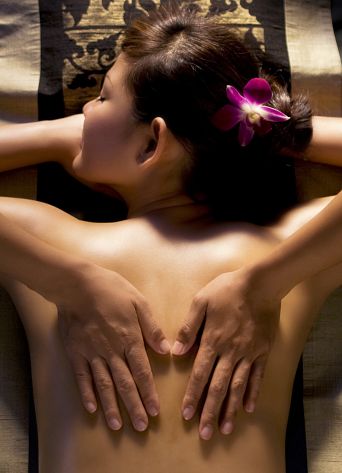
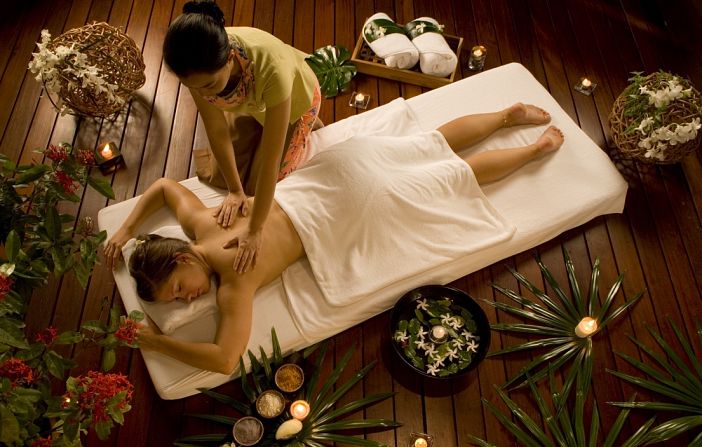
Thai massage is a real art. The session starts with a prayer and meditation, which helps the practitioner concentrate fully on the work and its healing effect. Only when peaceful and contemplative is the masseuse able to intuitively locate the biologically active points on the body and allow the energy to flow along. A Thai massage, also known as a royal massage, is performed on the floor, accompanied by relaxing music, lasting anywhere from two to two-and-a-half hours. Its most distinctive feature is that it combines three therapeutic methods: linear massage, deep massage of musculotendinous meridians, and manual therapy including yogic elements to open the body’s energy channels.



Thai massage is performed along 10 lines on which the most important biological points are located. Through them, as if through windows, vital energy called prana is poured into a person from space. The clogging of these energy points leads to energy obstruction, or an internal imbalance, triggering all manner of diseases. A skilled practitioner will focus his attention on these necessary points and lines restoring the flow of prana, thereby inducing healing.
Remarkably, massage developed despite the little knowledge practitioners had about human anatomy – autopsies in ancient Thailand were prohibited, and surgery was prohibited for many years. Today however it is generally acknowledged by modern science that these energy lines running through the body really do exist, and can be significantly influenced by point massage and acupressure to help slow down and in some cases reverse the initial stages of disease.

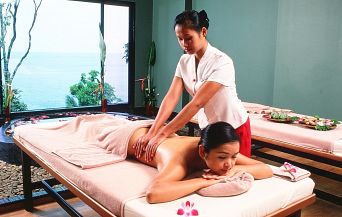
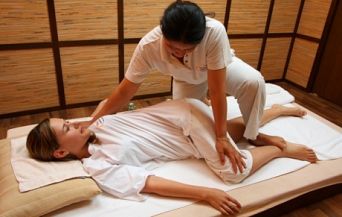
In Thai massage, the spiritual aspect or metta state, often translated as loving kindness, is extremely important. This metta state comprises the aspiration to make other people happy and ease their pain, as well as the ability to love and sympathize positively. Centuries-old experience suggests that the practitioner is much more efficient when sincerely willing to understand and feel compassion for his patient. Without this spiritual component, Thai massage is nothing but a prosaic performance of learned movements akin to ordinary touching or rubbing.
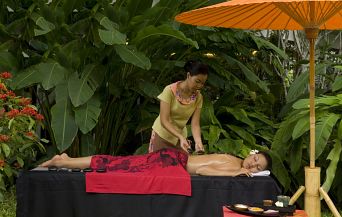
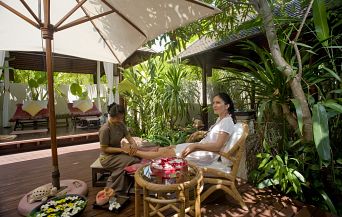
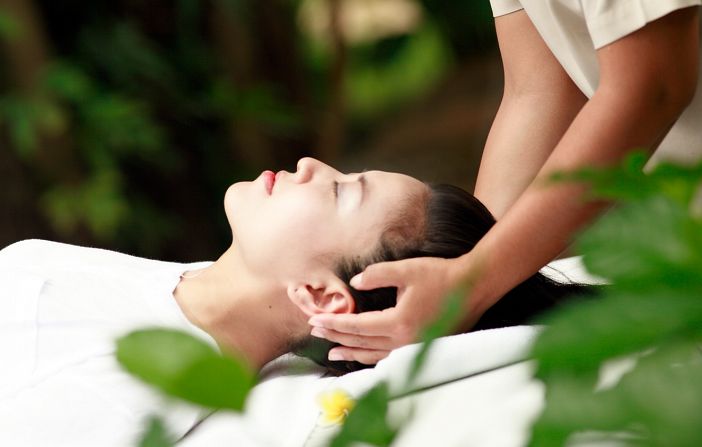
Every session is a dialogue between the hands of the giver and the body of the receiver. One of the healer’s most important skills is the ability to respond to any negative reaction – whether pain or otherwise – instantly and adequately, and adjust the procedure accordingly. An experienced practitioner is able to distinguish real pain – a signal of danger, from natural feelings of physical discomfort. The latter is a natural reaction of the muscles from being stretched and manipulated.

The Four Basic Principles of Thai Massage
• A typical session starts from the limbs and moves on to body and then back to the limbs. This order is predetermined by the law of energy circulation as well as by the need to properly distribute the treatment and activate the blood vessels of the circulatory and lymphatic systems.
• Movements are made in one direction only: from the bottom – feet, to the top – head.
• Preparatory techniques are performed to begin with, then along the energy meridians, and finishing with elements of yoga.
• A massage session should be well-balanced, with manipulations performed on both sides of the body.

In addition to classic Thai massage, many SPA salons also offer ancient Chinese foot and palm massage; methods which have become very popular in Thailand.


